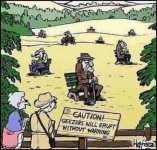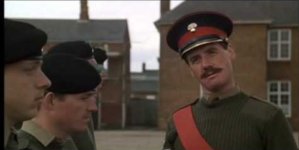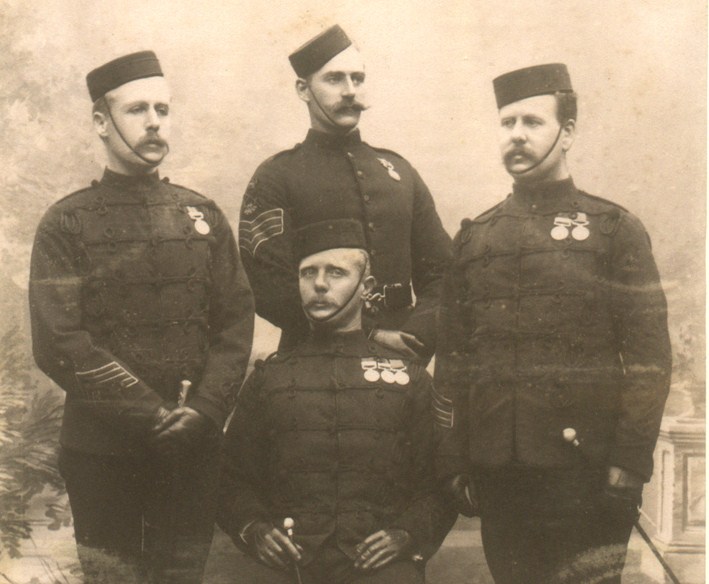FJAG
Army.ca Legend
- Reaction score
- 11,583
- Points
- 1,160
I don't think we need to be that dogmatic.We have a uniform designed to have bling that tells your life story.
We have a uniform intended to be functional, protective and utilitarian to permit sailors, soldiers and aviators to do their jobs.
We have confused them, and added unnecessary bling to the functional uniform.
The problem I see is that the current army uniform that tells your life story is that it is a crappy uniform and its different versions (that take it from hanging around the office day-to-day and to parading before the King) do not look or function well at either level or in between.
At the other end, I agree with @Furniture with this.
I'm completely unconvinced that allowing people to wear a trade badge, wings, unit/division patch, etc., on the CADPAT impedes their ability to be protected by the uniform or do their job.
What is "unnecessary" bling is a subjective issue. There is no reason to be Mao era PLA with everyone wearing the same baggy trousers and no rank badges. We inculcate pride in unit and pride in accomplishments in our service members. Just because the uniform is functional doesn't mean we can't boast a little when wearing it.








